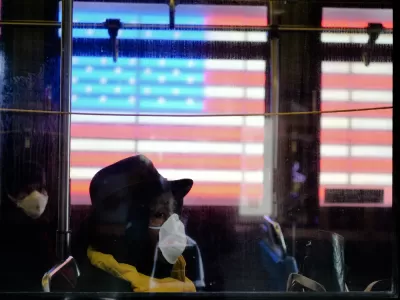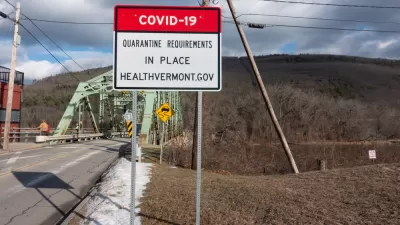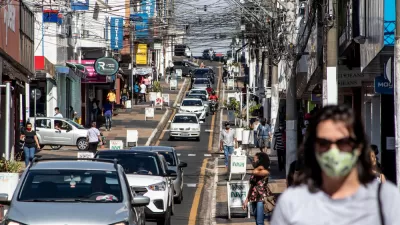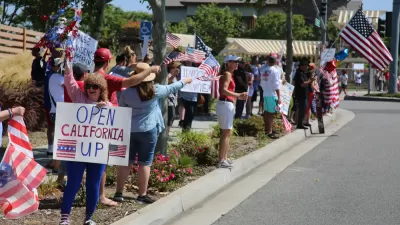The U.S. has over 2.9 million COVID-19 cases; half of them were diagnosed in the past week and a half. On July 6, cases are increasing in 32 states, holding steady in 14, and decreasing in four.

In 14 states, the rates of new infections are generally holding steady: Arkansas, Colorado, Maine, Minnesota, Mississippi, Nebraska, New Jersey, New York, Rhode Island, South Dakota, Utah, Vermont, Virginia and Wyoming.
And only four states are seeing decreases in the rates of new cases: Connecticut, Kentucky, Massachusetts and New Hampshire.
"We're breaking records almost every day here in the state of Texas. People are piling into hospitals, into ICUs (intensive care units). We can't really keep going at this rate," he said.
"And it's not only happening in Texas, of course. It's happening in Florida, Arizona. We're starting to see now a similar situation unfold on the Gulf Coast. And now we're starting to see this in the Upper Midwest and in Tennessee as well."
COVID-19 is not harmless
What awaits
The last word goes to Dr. Walensky who reminds us that "there are 300 million people in this country who remain susceptible and have been uninfected so far, and this virus is far from running out of people to infect. And until we change our behavior to prevent these infections, the infections are going to continue to soar."
Related in Planetizen:
-
July 4th Weekend a Time for Reckoning, July 6, 2020
-
Texas Hits Pause as Hospital Beds Fill Up, June 26, 2020
FULL STORY: US is still 'knee-deep' in the first wave of the coronavirus pandemic, Fauci says

Alabama: Trump Terminates Settlements for Black Communities Harmed By Raw Sewage
Trump deemed the landmark civil rights agreement “illegal DEI and environmental justice policy.”

Study: Maui’s Plan to Convert Vacation Rentals to Long-Term Housing Could Cause Nearly $1 Billion Economic Loss
The plan would reduce visitor accommodation by 25% resulting in 1,900 jobs lost.

Why Should We Subsidize Public Transportation?
Many public transit agencies face financial stress due to rising costs, declining fare revenue, and declining subsidies. Transit advocates must provide a strong business case for increasing public transit funding.

Wind Energy on the Rise Despite Federal Policy Reversal
The Trump administration is revoking federal support for renewable energy, but demand for new projects continues unabated.

Passengers Flock to Caltrain After Electrification
The new electric trains are running faster and more reliably, leading to strong ridership growth on the Bay Area rail system.

Texas Churches Rally Behind ‘Yes in God’s Back Yard’ Legislation
Religious leaders want the state to reduce zoning regulations to streamline leasing church-owned land to housing developers.
Urban Design for Planners 1: Software Tools
This six-course series explores essential urban design concepts using open source software and equips planners with the tools they need to participate fully in the urban design process.
Planning for Universal Design
Learn the tools for implementing Universal Design in planning regulations.
Caltrans
Smith Gee Studio
Institute for Housing and Urban Development Studies (IHS)
City of Grandview
Harvard GSD Executive Education
Toledo-Lucas County Plan Commissions
Salt Lake City
NYU Wagner Graduate School of Public Service





























